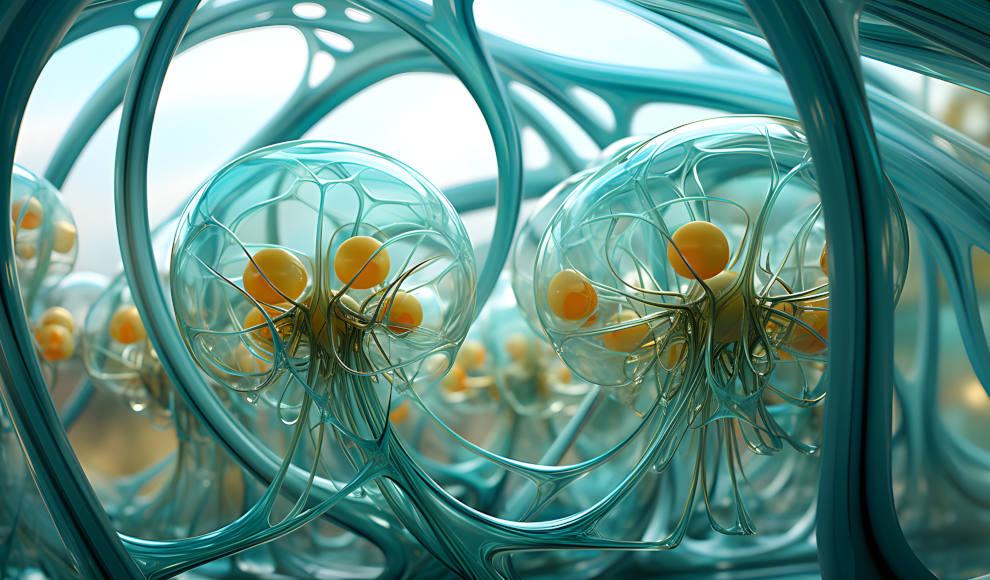A new photokatalysis system has been developed that is more efficient than natural photosynthesis. This system can convert CO2 in water into methane and hydrogen, which can be used as fuel. Photokatalysis is a chemical reaction caused by light. Researchers from The University of Hong Kong, City University of Hong Kong, Jiangsu University, and the Chinese Academy of Sciences have created an artificial photokatalysis system that is more efficient than natural photosynthesis. The system can convert CO2 in water into methane, which can be used as fuel. The system is modeled after natural chloroplasts, which are cells that produce energy through photosynthesis in plants.
The researchers used a supramolecular approach to mimic the structure of chromatophores in violet bacteria, which can efficiently use energy from the sun. The new photokatalysis system uses an artificial nanomicelle with a hydrophilic and a hydrophobic end. The hydrophilic head of the nanomicelle functions as a photosensitizer for light absorption, and the hydrophobic tail initiates self-organization. The nanomicelles organize themselves through hydrogen bonding. When a cobalt catalyst is added, the photokatalysis produces methane and hydrogen. The system does not require expensive precious metals and is sustainable.
The researchers believe that their development can serve as the basis for photokatalysis systems for CO2 conversion using solar energy, helping to achieve carbon neutrality. The innovative photokatalysis system has the advantage of not requiring expensive precious metals and being sustainable. The hierarchical self-organization of the system provides a promising basic strategy for creating a precisely controlled, powerful artificial photokatalysis system based on inexpensive, commonly occurring elements such as zinc and cobalt-porphyrin complexes.










